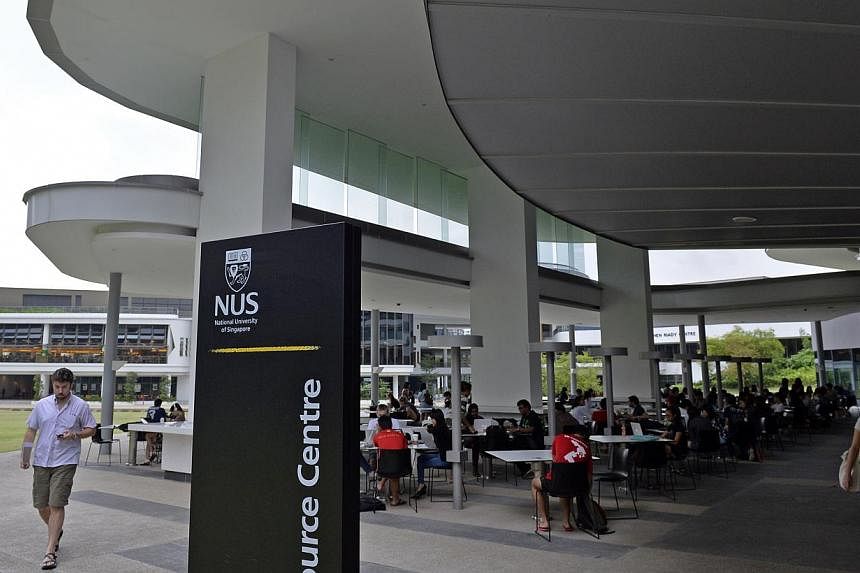File sharing and video streaming for 80,000 students and staff at the National University of Singapore (NUS) and Nanyang Technological University (NTU) will now be quicker than ever, thanks to yesterday's launch of a new fibre-optic network - the fastest in Asia.
The 100Gbps network - 100 times the maximum speed of fibre broadband in homes here - will also benefit 5,000 researchers at the Agency for Science, Technology and Research (A*Star).
This national education and research grid is dubbed the SingAren-Lightwave Internet Exchange (Slix).
It is the result of an investment of $10 million from the Singapore Advanced Research and Education Network (SingAren) and the National Research Foundation.
The network puts Singapore on a par with similar grids in the United States and Europe.
At such high speeds, a massive amount of, say, genome or climate change data can be transferred across the Internet in seconds instead of minutes.
For instance, three terabyte of research data can be transferred in just 30 seconds over Slix, as opposed to 50 minutes over the older 1Gbps network researchers used previously.
The backing up of a massive amount of research data will also take hours instead of days, said NTU Associate Professor Francis Lee, who is also president of SingAren.
"Without Slix, we would not have been able to do this," he said.
Slix also makes it possible for resource-intensive research to be carried out together by researchers here and those in the United States or Europe, helping to further Singapore's ambition to be a global research hub.
Mr Leong Mun Yuen, chief technology officer at the Infocomm Development Authority (IDA), said ultra-fast research grids such as Slix will speed up the roll-out of high-tech applications and services, such as remote patient monitoring, automated traffic and illegal parking monitoring.
"(Such a network) is critical as we grow to become a smart nation," he said.
Google and Microsoft are also plugged into Slix, allowing students and researchers to stream YouTube videos and download Microsoft software patches at up to 10 times faster than before.
Students gave the upgrade the thumbs up. NUS student Woo Wen Xuan, 23, uses the varsity's Wi-Fi network to download lessons and watch webcasts of lectures. He said: "Video streaming will be much smoother and file downloads much faster."

